What to Actually Eat When You’re Sick (A No-Nonsense Guide)
I’ve spent years working in the nutrition field, and I’ve seen it time and time again: the right food can absolutely change the game when you’re sick. I once worked with a guy who was recovering from a really nasty lung infection. He had zero appetite, was shedding pounds, and the standard ‘three square meals’ approach just wasn’t cutting it. So, we switched things up to tiny, nutrient-packed snacks he could manage every couple of hours. Within two days, you could literally see the energy returning to him. That’s not magic—it’s just giving your body the right tools for the job.
In this article
When you’re sick, your body is in an all-out war. It’s burning through energy and resources like crazy to fight off whatever bug you’ve caught. Food isn’t just about comfort (though that definitely helps). It’s the actual fuel and ammo for your immune system. But being sick makes eating complicated, right? Your appetite vanishes, food tastes like cardboard, and your stomach feels fragile. My goal here is to give you the practical, science-backed strategies that go way beyond just “have some chicken soup.”

Quick Win: Feeling Awful Right Now?
Before we dive in, here’s something you can do in the next three minutes. Go make a cup of ginger tea. Seriously. Grate about a one-inch piece of fresh ginger (don’t even bother peeling it) into a mug, pour hot water over it, and add a squeeze of lemon and a tiny bit of honey if you have it. It’s a fantastic stomach-soother and a warm, comforting start.
First, Let’s Talk About What’s Happening in Your Body
It’s not all in your head. When you feel lousy, there are real biological reasons for it, and understanding them helps you make smarter choices.
Your immune system sends out proteins that act like emergency signals. These signals rally your white blood cells to fight, but they’re also what cause the classic sick-day symptoms: fatigue, muscle aches, and a total loss of appetite. Your body is basically forcing you to slow down so it can use all its energy for the battle.

And speaking of energy, your metabolism actually kicks into overdrive. A fever is a great example. Your body raises its temperature to make it harder for germs to survive, but keeping that furnace running burns a lot of extra calories. For every degree your temperature goes up, your metabolic rate can increase by over 10%. That means you’re burning through fuel just by lying in bed, so you’ve got to replenish it, even when you don’t feel like it.
Hydration is Your #1 Priority
Honestly, if you forget everything else, remember this: you have to stay hydrated. A fever makes you sweat, a cough makes you lose moisture with every breath, and if you’re dealing with vomiting or diarrhea… well, you’re losing fluids and vital minerals fast. Those minerals—like sodium and potassium—are called electrolytes, and they’re essential for everything from nerve function to muscle control. Losing them is why you feel so weak and dizzy.

A simple way to check your hydration is the color of your pee. It should be a pale, light yellow. If it’s dark or amber-colored, you need to start drinking more immediately. Another sign is feeling dizzy when you stand up. Simple.
Smarter Sips: Choosing Your Sick-Day Drink
Water is always a good choice, but when you’re really down, you might need a little something extra. Here’s a quick rundown of your best options:
- Broths (Bone or Veggie): This is a classic for a reason. It’s warm, comforting, and packed with fluids and electrolytes. A quality store-bought bone broth will run you between $4 and $8 a carton, but it’s worth it for the collagen and amino acids that soothe your gut. A little tip: buy the low-sodium kind. You can always add a pinch of salt, but you can’t take it away. Even better, you can make a huge batch at home for pennies using leftover chicken or vegetable scraps.
- Herbal Teas: The steam from a warm mug of tea is a great natural decongestant. Ginger is a powerhouse for nausea, peppermint can help with sinus pressure, and chamomile is fantastic for helping you rest.
- Oral Rehydration Solutions (ORS): If you’re losing a lot of fluids, something like Pedialyte is your best friend. These are scientifically designed to replace fluids and electrolytes efficiently. You can find packets or bottles at any pharmacy for around $5 to $10.
- A note on Sports Drinks: Be careful with these. While they have electrolytes, they are often loaded with sugar, which can actually make diarrhea worse by pulling more water into your gut. An ORS is a much safer bet.
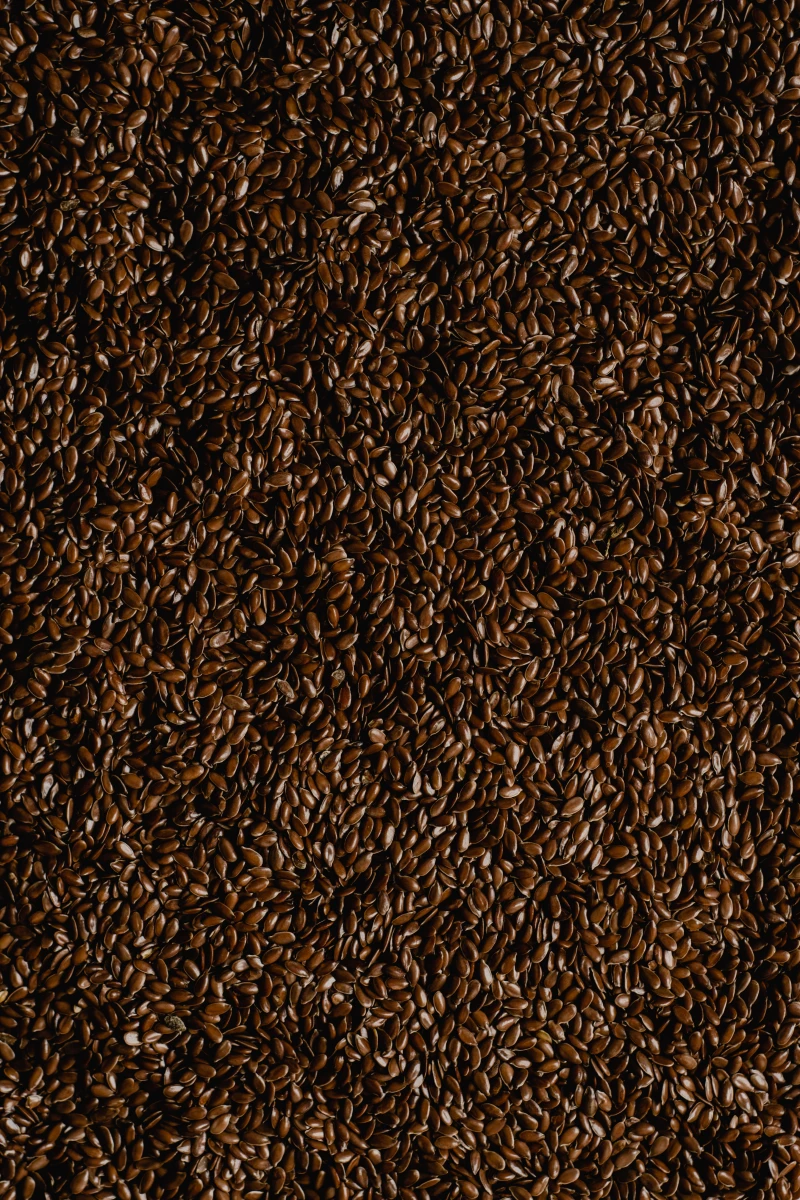
My Go-To Homemade Rehydration Drink
If you can’t get to a store, you can make a surprisingly effective rehydration solution at home. This is a simple recipe that works in a pinch. Just mix together:
- 4 cups (1 liter) of clean water
- 6 level teaspoons of sugar
- 1/2 level teaspoon of salt
The sugar helps your body absorb the salt and water more effectively. For a potassium boost, have a small banana on the side. And a quick clarification: eat the banana, don’t mix it into the drink unless you’re a fan of lumpy beverages!
Food as Medicine: What to Eat for Your Symptoms
Once you’ve got hydration handled, you can think about food. The trick is to tailor what you eat to your specific symptoms.
For Colds, Flu, and Coughs
The goal here is immune support and breaking up all that congestion.
- Chicken Soup (The Real Deal): It’s not just a myth! Some interesting research showed that chicken soup actually has mild anti-inflammatory properties. The warm broth hydrates, the steam loosens mucus, the chicken provides protein and an amino acid that helps thin mucus, and the veggies add vitamins. It’s a perfect storm of goodness.
- Garlic and Onions: Garlic contains a powerful antimicrobial compound, but here’s the trick: you have to crush or chop it and let it sit for 10 minutes before you cook it to get the full benefit. Onions are rich in quercetin, an antioxidant that helps with inflammation. Throw both into your soup.
- Vitamin C Foods: Getting enough vitamin C can help shorten how long you’re sick. Forget the giant pills and focus on whole foods. A single red bell pepper has more C than an orange! Strawberries, broccoli, and kiwi are also great choices.
- Zinc: This mineral is critical for your immune cells. The best sources are food-based, like lean meat, chickpeas, and pumpkin seeds. Some people swear by zinc lozenges, but they can cause nausea, so proceed with caution.
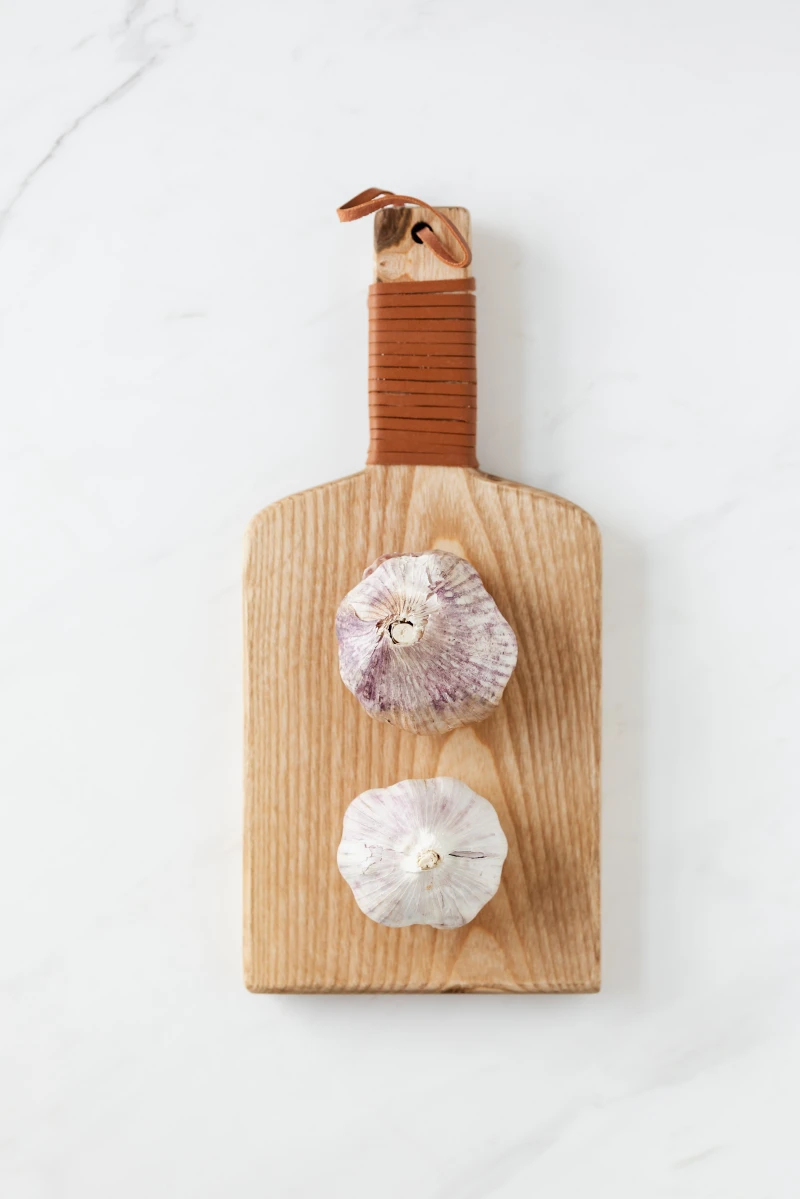
For an Upset Stomach
When your gut is angry, the key is to be gentle.
- The BRAT Diet (But Better): You’ve probably heard of it: Bananas, Rice, Applesauce, and Toast. These foods are bland and easy to digest. Bananas are especially great because they replenish the potassium you lose. But don’t stick to just these four foods for too long. As soon as you can, expand to other gentle options like plain boiled potatoes, crackers, oatmeal, and clear broth.
- The Magic of Ginger: I can’t say it enough—ginger is one of the best natural remedies for nausea. The most effective way to take it is as a tea made from the fresh root. A small piece of crystallized ginger can also work, but keep an eye on the sugar content.
- Gut Repair 101: After your stomach has been through the wringer, the good bacteria in your gut need some backup. Once you’re feeling a bit better, introduce some plain yogurt or kefir. They contain probiotics that help get your system back in balance.
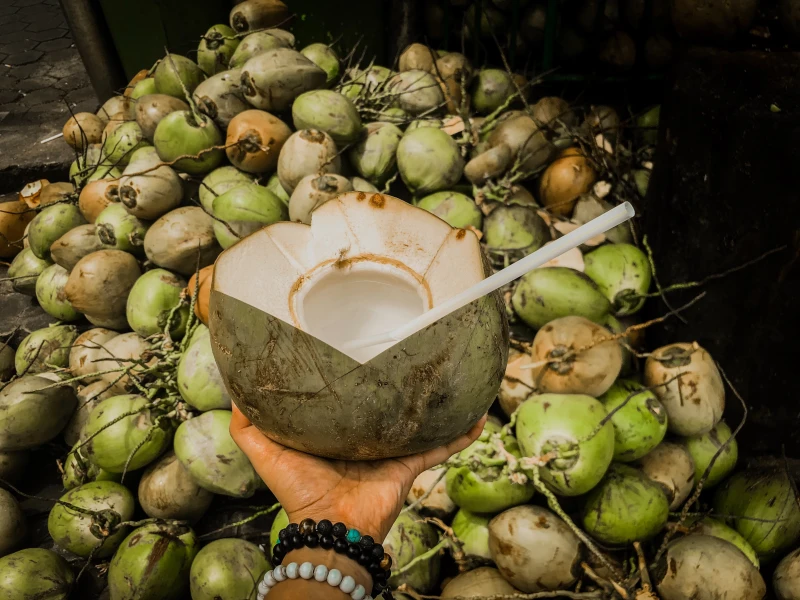
Pro Tips for When You Feel Absolutely Awful
Knowing what to eat is one thing. Actually preparing and eating it when you can barely lift your head is another story.
What If I Live Alone and I’m Sick?
This is tough, but you can plan for it. The goal is minimum effort, maximum comfort. Rely on one-pot meals like soup or congee. Use paper plates—this is not the time to be a hero and do dishes. If you’re too weak to cook, that’s what delivery is for. Order a simple soup or some plain rice from a local spot. Scrambled eggs are also a super quick, protein-rich meal you can make in two minutes.
When You Have Zero Appetite
The thought of a big meal can be nauseating. The trick is to think small and frequent. Aim for six tiny meals instead of three big ones. A few crackers, a hard-boiled egg, half a banana. A nutrient-dense smoothie can also be a lifesaver. Here’s a simple recipe: blend about 1 packed cup of fresh spinach (I promise you won’t taste it!), half a banana, one 20-25g serving of a simple protein powder or a big scoop of Greek yogurt, and enough unsweetened almond milk to get it moving.

The Comforting Power of Congee
In many cultures, the go-to sick food is congee, which is basically a savory rice porridge. It’s incredibly hydrating, soothing, and easy to digest. And it’s almost impossible to mess up. My go-to rule is a 1-to-8 or 1-to-10 ratio of rice to water or broth. Just put it in a pot, bring it to a boil, then let it simmer on low for at least an hour until it’s creamy. You can add shredded chicken, ginger, or a little soy sauce as you start to feel better.
A Quick Note for Parents: What About the Kids?
Most of this advice works for little ones, but with a few key adjustments. Portions should obviously be much smaller. And remember, hydration is even more critical for kids. An ORS like Pedialyte is great to have on hand. For food, stick to their simple, favorite comfort foods. And one HUGE safety warning: never give honey to an infant under one year old due to the risk of botulism.
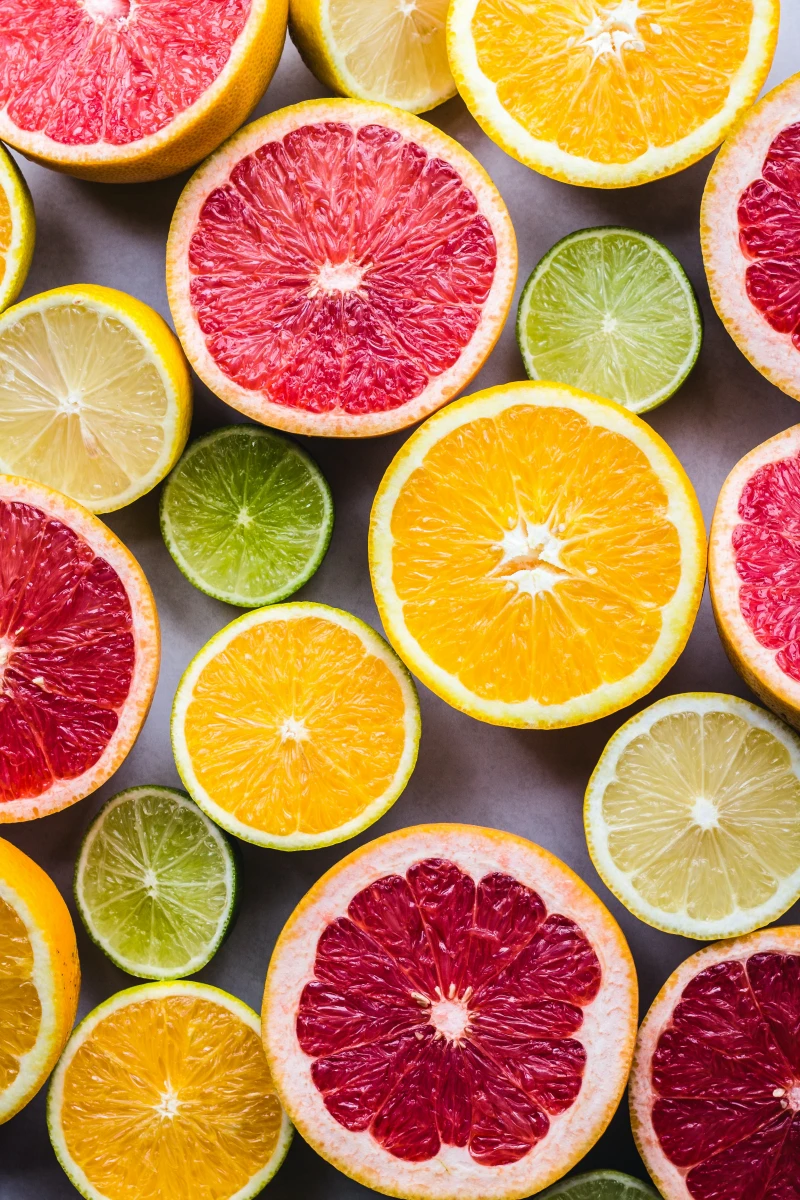
Your Sick-Day Game Plan: What to Stock Up On
The best time to prepare for being sick is when you’re healthy. Be your future self’s hero by creating a “Sick Day Pantry Kit.”
- Shelf-stable broth (cartons or cubes)
- Plain crackers or saltines
- Herbal tea bags (ginger, peppermint, chamomile)
- Packets of instant oatmeal
- A jar of honey and a few lemons
- ORS packets or bottles
- Canned soup (look for low-sodium)
- Frozen fruit for smoothies
And if you’re already sick, here is your SOS Shopping List to send to a friend or partner: Fresh ginger root, lemons, bananas, a carton of low-sodium chicken or vegetable broth, plain yogurt, and a loaf of simple bread for toast.
And Finally, What to Avoid
What you don’t eat is just as important. Some things can actively make you feel worse.
- Greasy or Heavy Foods: Your body needs to focus its energy on healing, not on digesting a cheeseburger and fries.
- Refined Sugars: A can of soda or a handful of cookies might give you a quick jolt, but the subsequent crash isn’t worth it. High sugar intake can also promote inflammation.
- Alcohol and Caffeine: Both can contribute to dehydration. Alcohol also messes with your sleep, which is one of the most powerful healing tools you have.
- The Deal with Dairy: There’s a persistent myth that dairy increases mucus. For most people, this isn’t true. What it can do is make existing phlegm feel thicker, which some people don’t like. So, listen to your body. If a glass of milk sounds awful, skip it. If a bowl of yogurt sounds good, go for it.
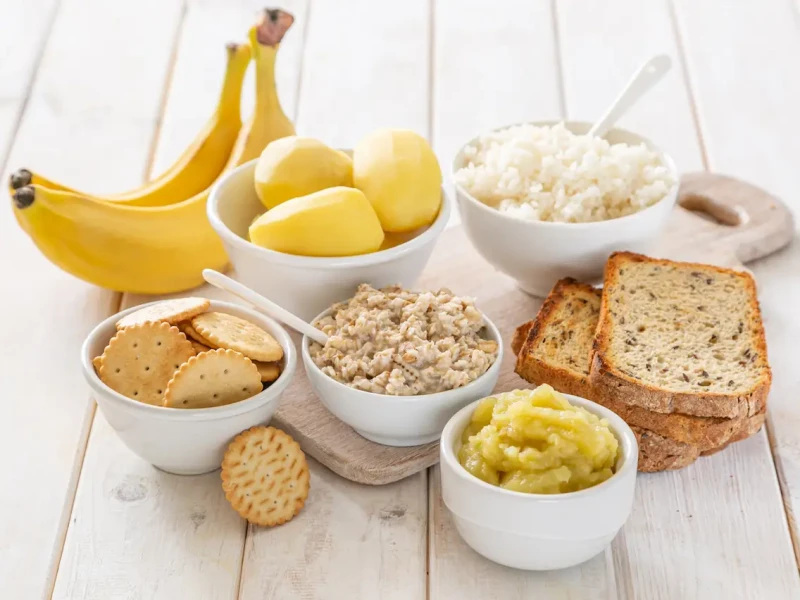
Heads Up: When to Call a Professional
This advice is for managing a typical, mild illness at home. It is absolutely not a substitute for professional medical care. You should see a doctor right away if you experience any of these red flags:
- You can’t keep any fluids down for more than 12-24 hours.
- You have a very high fever (over 103°F or 39.4°C) that isn’t coming down with medicine.
- You’re having trouble breathing or have chest pain.
- You show signs of severe dehydration, like confusion, dizziness, or not peeing for over 8 hours.
- Your symptoms get much worse or just aren’t getting better after several days.
And a critical medication warning: Grapefruit and grapefruit juice can seriously interfere with many common medications, including some for cholesterol and blood pressure. It can cause drug levels in your blood to become dangerously high. If you take any prescription meds, do not have grapefruit without talking to your doctor or pharmacist first. This one is non-negotiable.
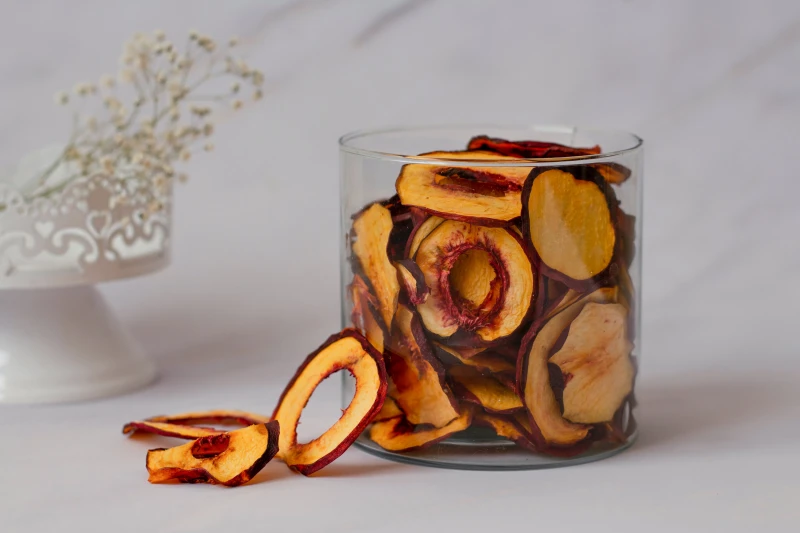
Inspiration:


Is just chugging plain water enough when you’re really sick?
Not always. While staying hydrated is non-negotiable, if you have a fever, vomiting, or diarrhea, you’re losing vital electrolytes like sodium and potassium. This imbalance is why you feel so weak and dizzy. Plain water alone can’t replenish them. This is where electrolyte solutions shine. Consider adding a hydration multiplier like a Liquid I.V. packet to your water, or sipping on coconut water, which is naturally rich in potassium, to get back on your feet faster.
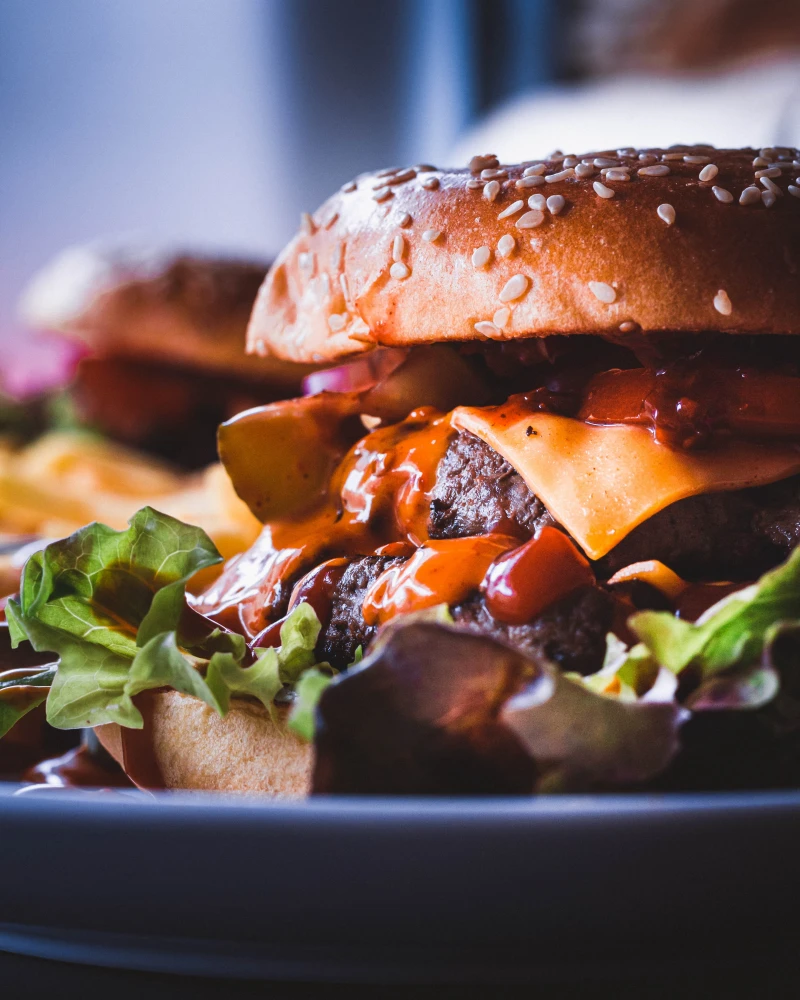
For decades, the “BRAT” diet—Bananas, Rice, Applesauce, and Toast—was the standard advice for an upset stomach.
While these foods are bland, this approach is now considered too restrictive by many nutritionists. The problem? It’s incredibly low in the protein, healthy fats, and vitamins your immune system desperately needs for repair. A modern take involves starting with these gentle carbs, but quickly adding things like a spoonful of plain Greek yogurt, a small portion of poached chicken for protein, or a bit of avocado for healthy fats as soon as your stomach can handle it. The goal is gentle nourishment, not nutrient deprivation.

When chicken soup feels too predictable, look to global traditions for comfort. In many parts of Asia, a slow-cooked rice porridge called congee is the go-to for recovery. It’s incredibly easy to digest. Italian nonnas often serve tiny pasta stars (pastina) in a clear, simple broth, while Greek avgolemono soup offers a creamy, gentle dose of protein from its lemon and egg base.

Your gut is a key player in your immune system. Illness can throw its delicate balance of bacteria out of whack. Gently reintroducing beneficial bacteria can support your recovery.
- Plain Kefir: A fermented milk drink, often more tolerable than yogurt. A brand like Lifeway offers plain versions without added sugar.
- Miso Soup: The broth is hydrating and the fermented soybean paste is packed with probiotics.
- Sauerkraut Juice: A small sip of brine from refrigerated sauerkraut provides a potent probiotic punch without the hard-to-digest fiber.
Store-Bought Electrolyte Drink: A product like Pedialyte is scientifically formulated for rapid rehydration, especially crucial for severe dehydration. The downside can be the cost and sometimes artificial flavors.
Homemade Solution: A simple mix of 1 liter water, 6 teaspoons sugar, and ½ teaspoon salt creates a basic oral rehydration solution. It’s cheap and you control the ingredients.
For mild cases, homemade works. For more serious illness, a store-bought option is a reliable backup.










